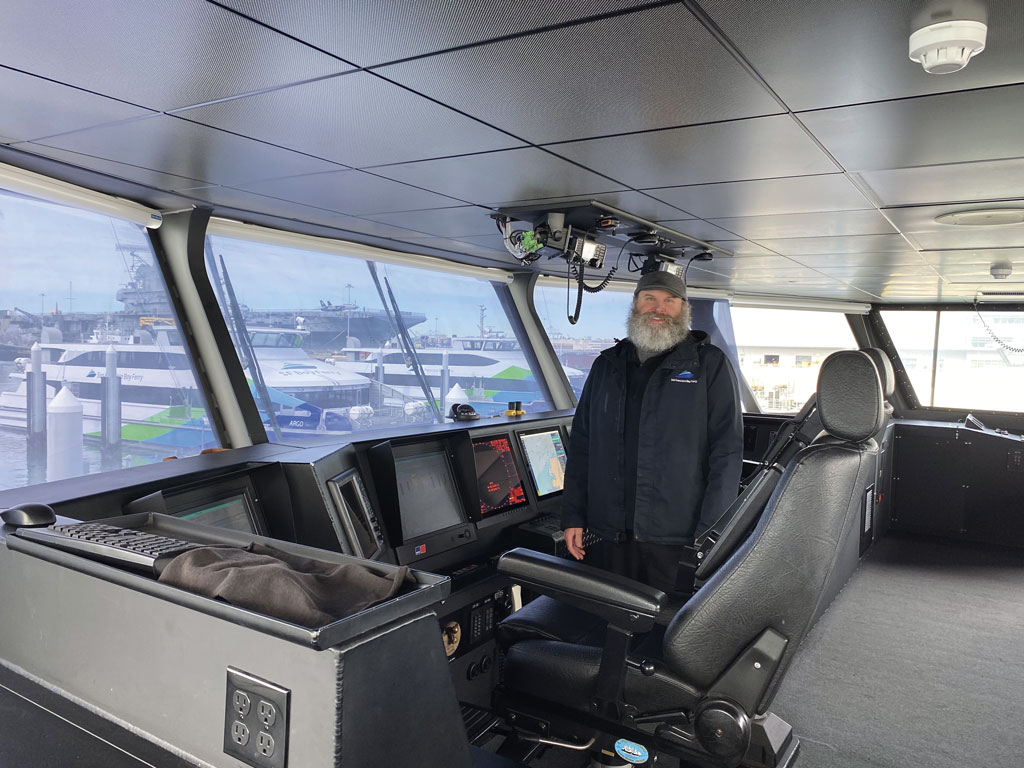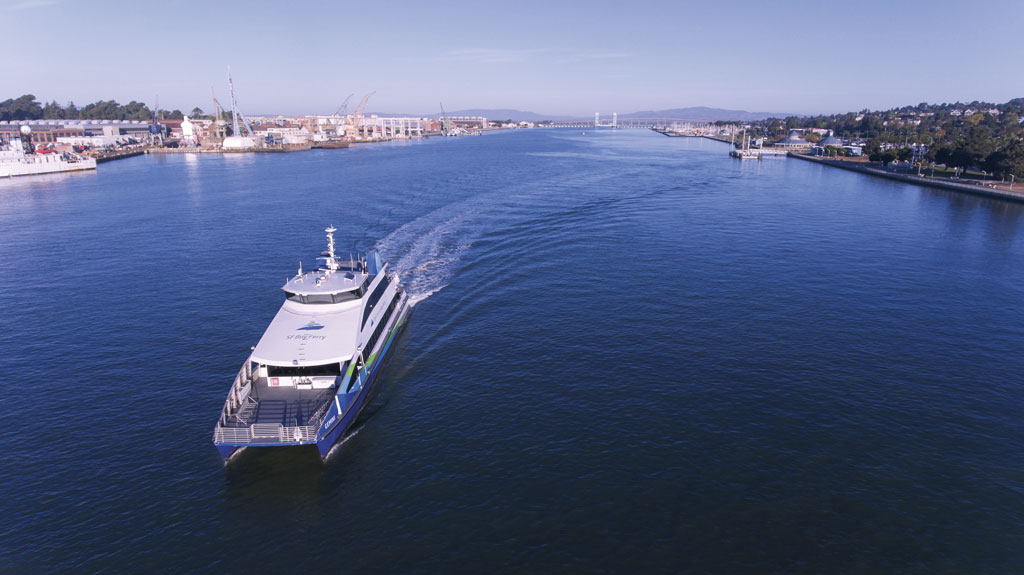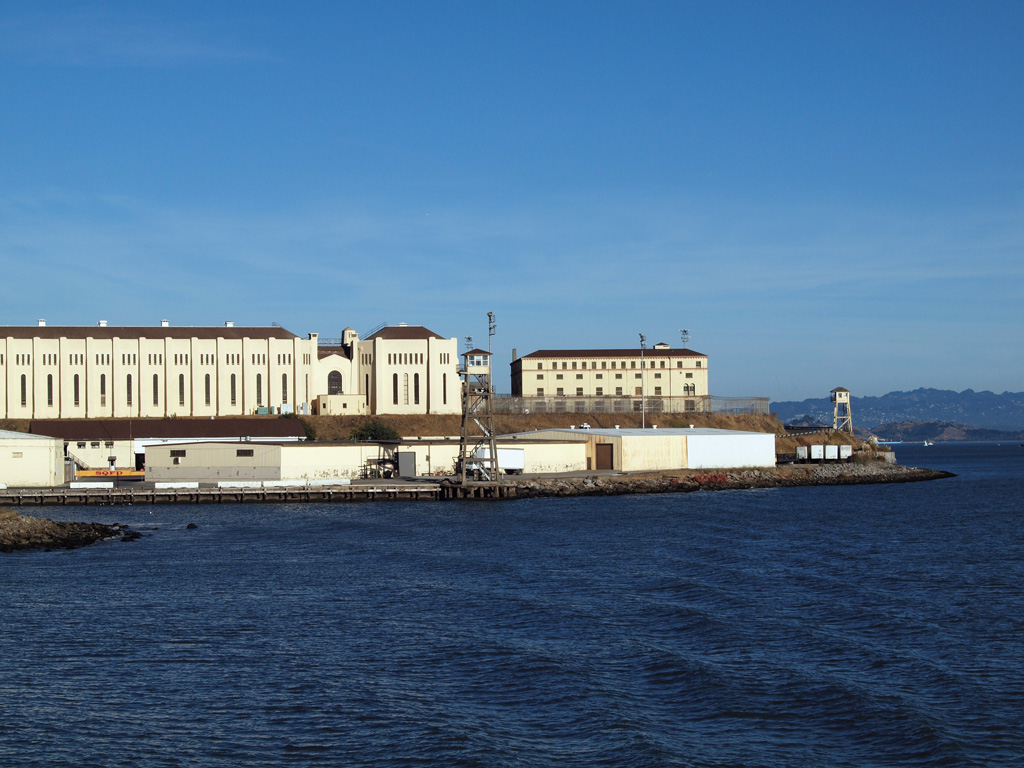News
Becoming a Ferry Captain Was the Right Path for Marinite Ryan Boatright
 Courtesy of Ryan Boatright
Courtesy of Ryan BoatrightRyan Boatright, who grew up in San Rafael, didn’t really have much to do with boats as a kid beyond the occasional canoe trip. But that changed when he joined Sea Scouts Marin Ship 1 in Paradise Cay at the age of 16.
Boatright (yes, that’s really his last name) was enjoying the scouting experience when one day the group’s “fearless, talented and compassionate skipper,” Nick Tarlson, couldn’t join the outing and someone had to park the boat. “I’d been getting more and more comfortable with the idea of operating the boat and I was given the opportunity to dock it,” he says, adding that he parked it perfectly. “It was a really good feeling and, after that, I felt like I found my calling.”
The path to becoming a Coast Guard–licensed captain, however, was a little different than the route most take — getting enough sea time to qualify by working for a few years as a deckhand on a ferryboat. “My parents were adamant about me going to college even though I wasn’t very excited about it,” he says. “So I studied marine transportation at the California Maritime Academy and got my license that way.”
Boatright soon joined the Blue & Gold Fleet and now makes the S.F. Ferry Terminal–Oakland-Alameda run on a Hydrus-class boat that can carry some 400 people and 50 bikes and can travel at 27 knots (about 30 mph) powered by two 12-cylinder diesel engines. He says the most important thing a captain has to remember is the navigation rules or the “rules of the road” as some call them. “You’ve got to know the nav rules when you’re making crossing arrangements with other boats and other vessels,” he says. “I think boat handling for some reason just came natural to me and I’ve always enjoyed it.”
The biggest risk for a ferry captain is complacency, Boatright adds. “It’s just routine 99 percent of the time; nothing ever happens — but that subconscious mindset can really get you in trouble, and it has gotten other captains in trouble,” he says, pointing to an incident where a Washington State ferry captain lost focus and crashed into the dock, causing injuries and millions of dollars of damage. “It’s about forcing myself to pay attention and to realize this is a big deal even though I’ve docked this boat thousands of times.”
One way to keep engaged can be practicing your skills, Boatright says. “Sometimes I’ll make a maneuver that I wouldn’t typically do just to keep my skills sharp and to have a little fun,” he adds.
The other thing ferry captains need to account for on the San Francisco Bay especially is occasional storms and fog. For fog captains go to radar and slow down, but for storms they sometimes have to cancel runs altogether. “Last winter was especially rough and we got some really big seas. Sometimes it gets bad enough that we have to say ‘it’s not safe to be out here anymore.’ ”
Of course, the bay offers something besides weather challenges: it is one of the most visually engaging ferry crossings in the world. “It’s beautiful, the views are incredible,” Boatright says, adding that tourists take the ferry just for the sightseeing opportunities. “Yerba Buena Island is really beautiful in the middle of the Bay Bridge and, of course, the Sausalito run is really nice with views of the Golden Gate Bridge and Alcatraz.”








